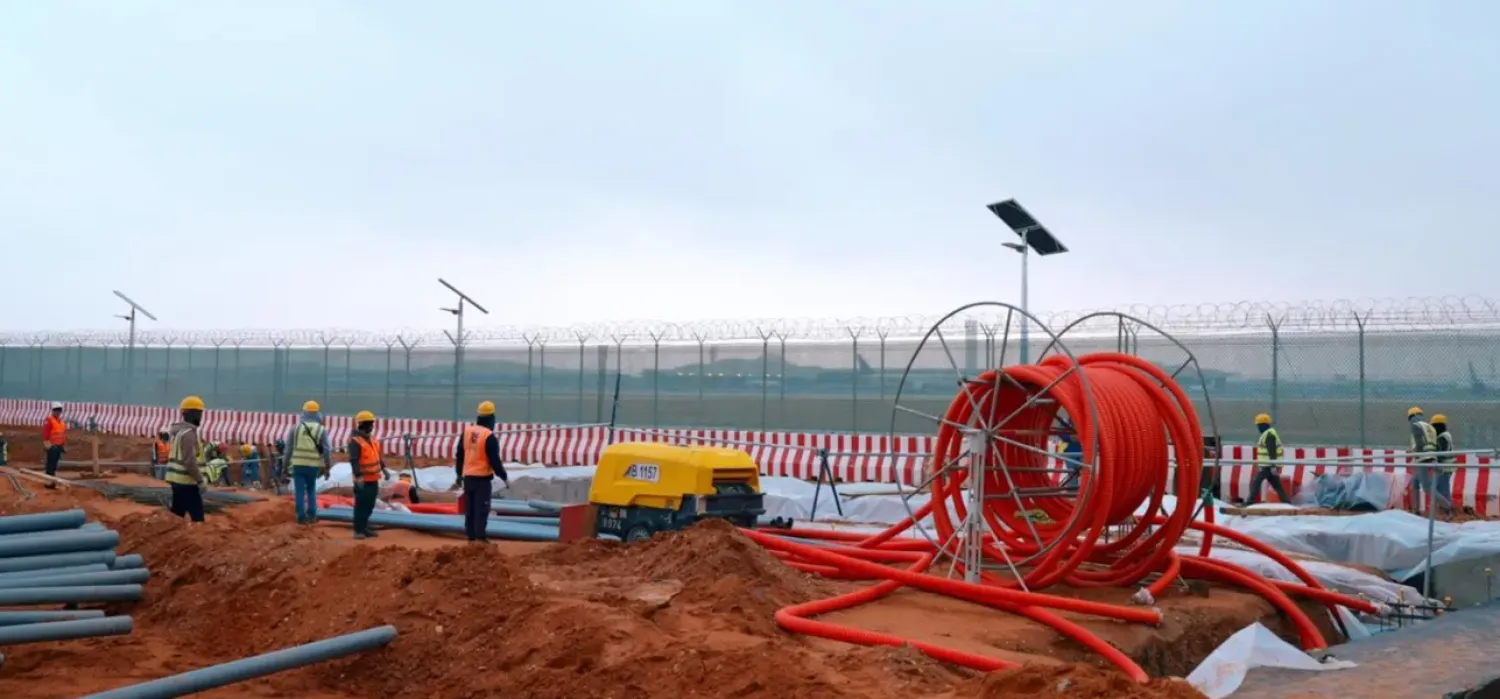The King Abdullah Economic City (KAEC), which was established more than 17 years ago, is witnessing remarkable growth, thanks to the influx of diverse foreign investments in different sectors.
The city enjoys unique features, mainly its location in the western part of the Kingdom, on the most beautiful coastline in the city of Rabigh, and with easy access to international markets.
In remarks to Asharq Al-Awsat, Managing Director of Emaar the Economic City Mansour Al Salem said the city was open to developers and investors, pointing to the launch of new projects, with the cooperation of government entities.
According to Al-Salem, while the majority of applications submitted for investment in KAEC previously came from the local sector, the vision and incentives provided by the government have recently attracted foreign and investments in diverse fields, including the automobile industry.
Asharq Al-Awsat toured the King Abdullah Economic City and saw the gradual changes on various paths, with the increasing number of companies - estimated at about 100 multinational and Saudi firms - which have established their headquarters in the city to follow up on their ongoing projects.
Despite the huge projects being implemented on the ground, the visitor is initially surprised when they cross the main gate, as the white spaces appear vast in their eyes. Then one realizes how smartly planned the city is, with factories located on one side, hotels on another, tourist and entertainment areas on the coast, and headquarters and residences in another area.
The visitor is impressed by the smooth design of parks and beaches on pristine coasts extending over a distance of 40 square kilometers and the extensive spread of green areas near the beaches. The city has also allocated entertainment areas suitable for families and children of all ages, with large terrains for golf.
Al-Salem said the King Abdullah Economic City boasts many features that are not found elsewhere, including its geographical location on the Red Sea coast and short distance north of the city of Jeddah, which is an important commercial hub. The city also includes King Abdullah Port and the Industrial Valley, in addition to recreational sites.
Emaar the Economic City, the main developer of KAEC, is moving in various directions with a focus on planning and developing the city. The Economic Cities Authority, the regulatory body for King Abdullah City, provides investors and residents with a comprehensive set of incentives and benefits, including 100 percent foreign ownership for companies and individuals, a sea port and a cargo area, as well as facilitations for obtaining permits and licenses related to residence, work, operational affairs, and ownership and management of real estate.









